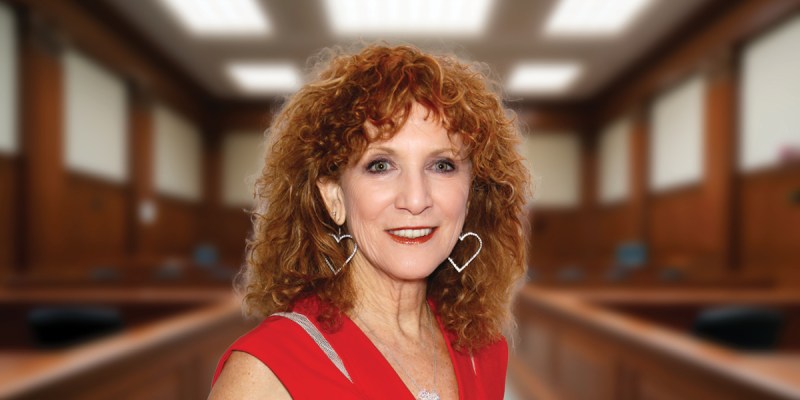By Philip Newman
Most of those who spoke at a public hearing on the proposed Second Avenue subway Monday said it could not come too soon, but some found fault with the planning of the project, among them James Trent of Bellerose.
“The Queens Civic Congress will not support the current design,” Trent told Metropolitan Transportation Authority officials.
“We continue to oppose the construction of a Second Avenue subway that fails to contain four tracks,” said Trent, who is treasurer of the Queens Civic Congress. “No meaningful connection to the other boroughs can happen with two tracks.”
Transit advocates insist that the Second Avenue line would have to be built at the same time as the East Side Access project to bring Long Island Rail Road passengers to Grand Central Terminal. Otherwise, they say, the thousands of riders the LIRR would deliver to the Lexington trains would bring intolerable conditions of crowding.
The Queens Civic Congress, which represents the civic groups in the borough, said in prepared testimony that “we continue to be dismayed by the proposed construction of a major new subway route that seems consciously designed to not only deny access to Queens residents but similarly cut off Brooklyn and the Bronx.”
Much the same sentiment was voiced by other speakers, including John Rozankowski of the Bronx.
“It is sad that the following must be said: 'The people of the outer boroughs are citizens of New York City, too. We are not second-class and won’t allow ourselves to be pushed around any more,” Rozanskowski said
The 8.5-mile new Second Avenue subway line, to be designated the T-line, would run from 125th Street to Hanover Square in the financial district and include 16 stations at a cost of $12.5 billion and take as long as 14 years to complete. Construction is scheduled to start next year.
The new subway line was expected to draw at least 350,000 riders away from the Lexington line, North America’s most crowded mass transit line.
Even though Trent told the hearing in the U.S. Customs House at the tip of Manhattan that “the MTA needs to understand the anger of the Queens riders,” two members of the borough’s congressional delegation welcomed a long-awaited Second Avenue line.
“This project is going to be dusty, it’s going to be noisy and some people are going to have their dishes rattled out of their cupboards,” said U.S. Rep. Anthony Weiner (D-Kew Gardens). “But at the end of the day, we can’t go much longer without the Second Avenue subway.”
U.S. Rep. Carolyn Maloney (D-Astoria), who has been a key advocate for the Second Avenue subway and the East Side Access plan, applauded those who had fought for money for the project.
“We thank Democrats, Republicans, upstate and downstate and particularly Assemblyman Sheldon Silver, Manhattan Borough President C. Virginia Fields,” Maloney said.
Many speakers mentioned how many times transit officials had announced a Second Avenue subway would be built without its ever happening and suggested that discussions stop and construction begin.
Trudy Mason of the New York City Transit Riders Council noted that Monday was the 48th anniversary of the destruction of the Third Avenue el, which she recalled was to be replaced by a new East Side subway line, which still has not happened.
A second hearing was held Tuesday at the Museo Del Barrio at 104th Street and Fifth Avenue.
Representing the MTA at the hearings were Douglas Sussman, hearing officer; William Wheeler, director of special project development; and Peter Cafiero, director of Rail Design.
Reach contributing writer Philip Newman by e-mail at Timesledger@aol.com or call 229-0300, Ext. 136.


































